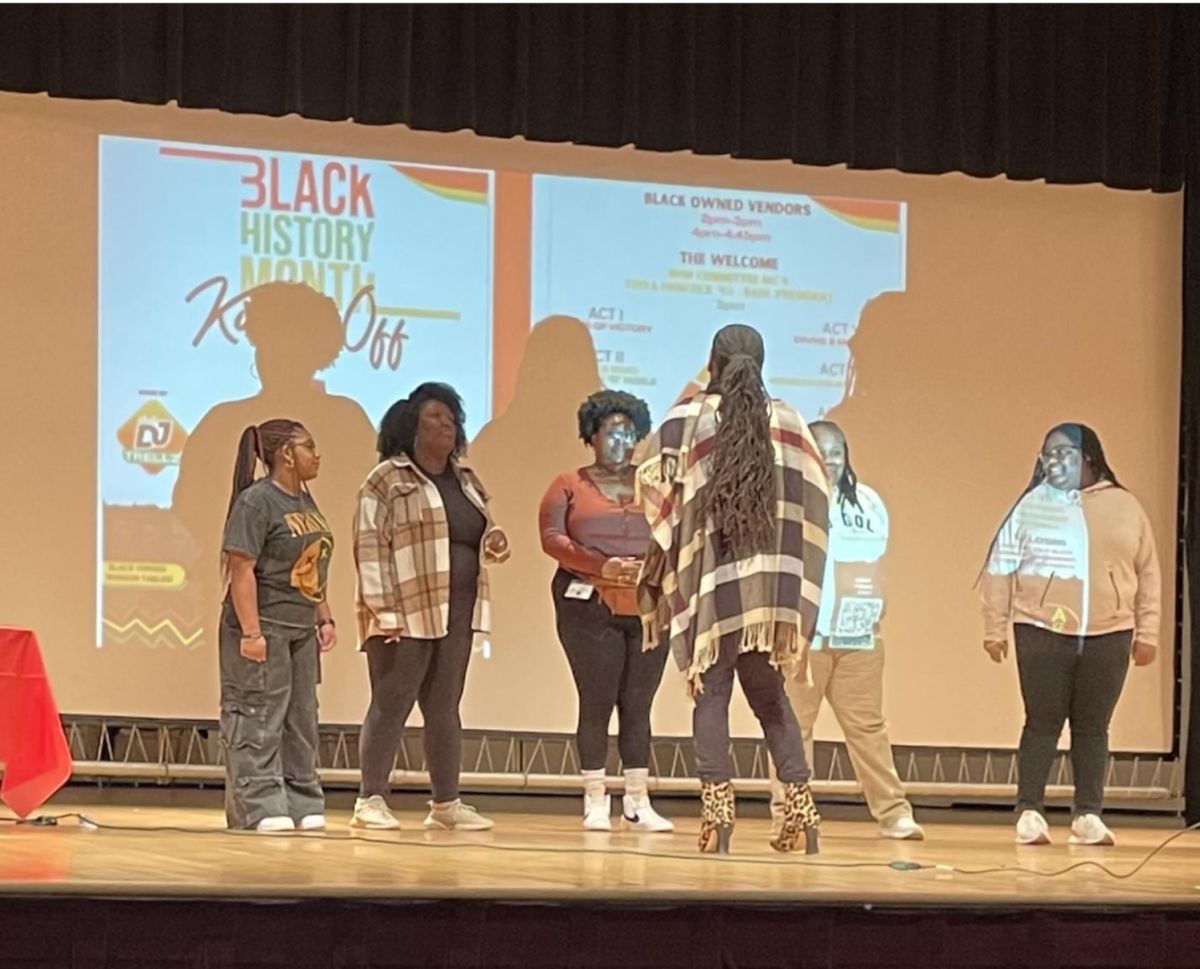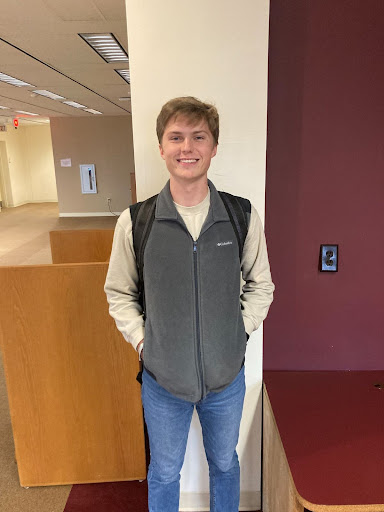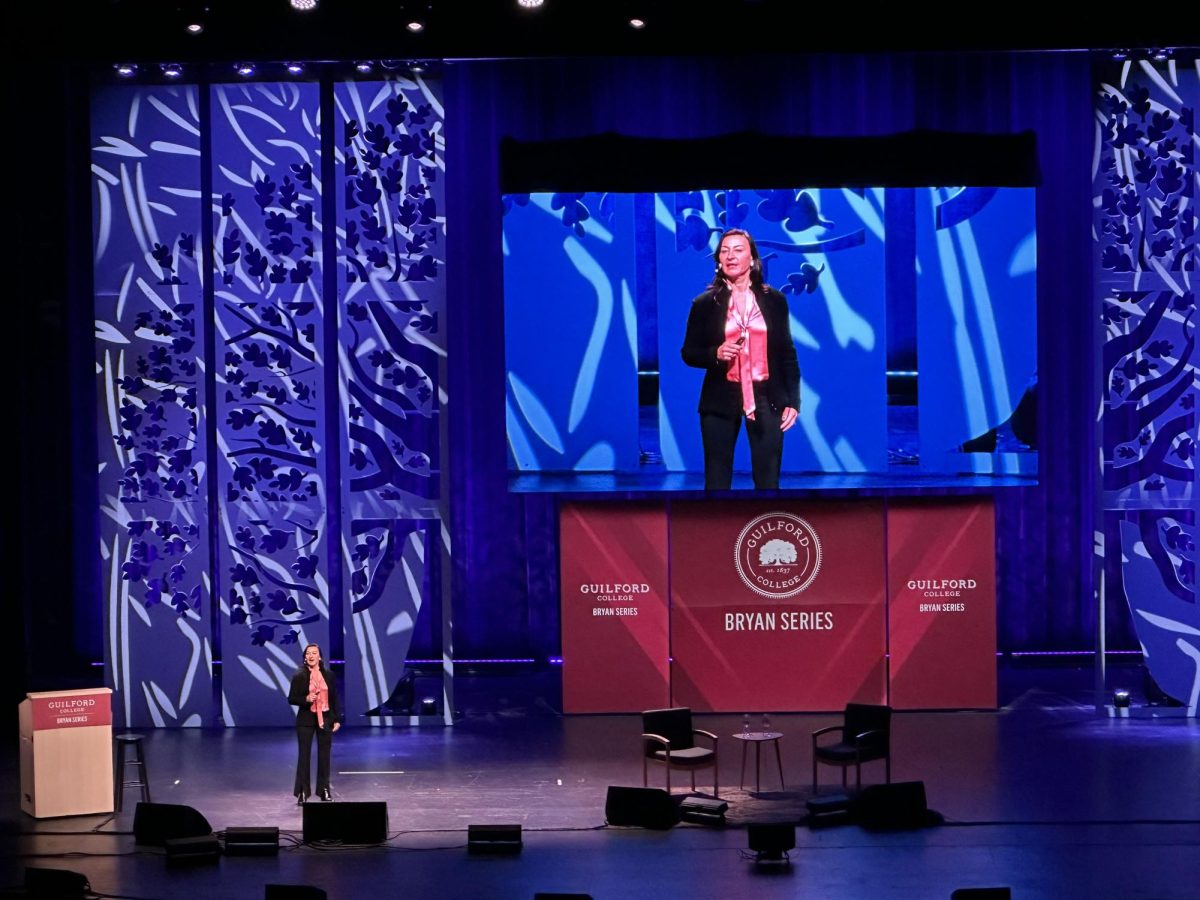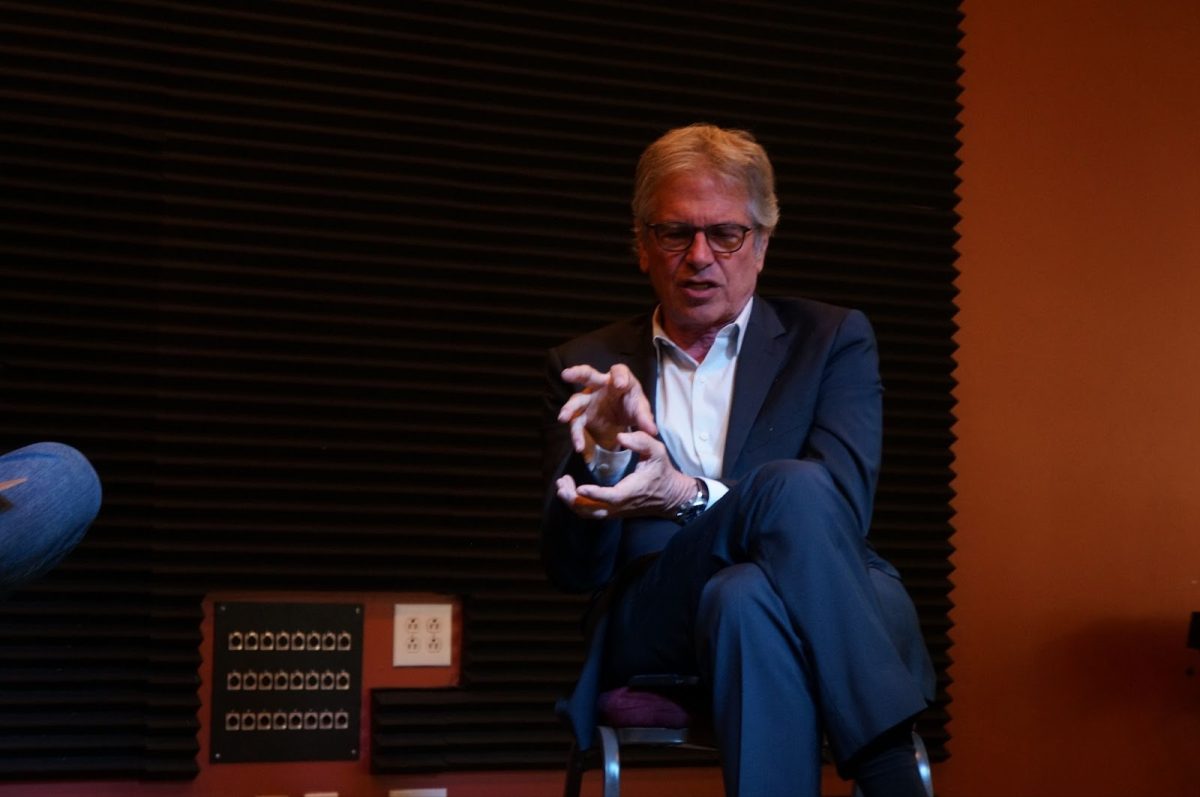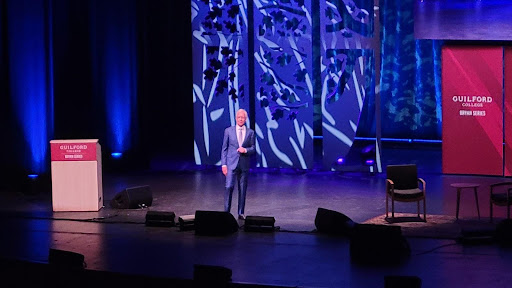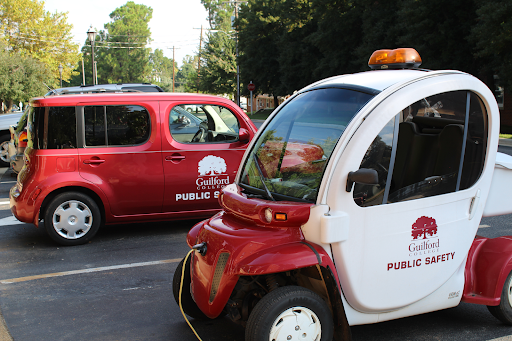How high should an elevator button be? Are the doors wide enough? How is the lighting? What is needed to create an inclusive, accessible environment for students and faculty alike?
The Accessibility Subcommittee, a subset of the Diversity Committee, seeks to answer these tricky, but critical, questions. The subcommittee aims to satisfy the needs of Guilford College’s diverse campus by building thoughtfully and making information accessible. Implementing accessibility is important to support Guilford’s core value of diversity.
“Our job is to make sure that classes and the curriculum are accessible across the board so that everyone has the opportunity to get a degree from Guilford College,” said Melissa Frink, head of the subcommittee and director of the Learning Commons.
The subcommittee promotes incorporating the Accessibility Plan and universal design into decision-making. Universal design attempts to create buildings, courses, products and information so that the maximum number of people possible can use them.
“Simple things don’t have to cost a lot, but well-thought-out things can make a really big difference,” said Pam Brown, Guilford County Schools teacher of the visual impaired. “For example, the height at which you place a braille sign … would (people) be able to reach it?”
Last summer, the subcommittee coordinated with facility management to install door openers inside of Hege-Cox Hall and add a ramp. Over the years, they have installed other ramps and door openers across campus.
Beyond adding physical changes, the Disabilities Resources Department also restructured its testing policy in coordination with the Learning Commons.
“We have a very user-friendly testing procedure which we have been perfecting over the past five years,” said Georgie Bodgan, associate disability services coordinator. “Five years ago we probably had 20 students testing (in the Learning Commons) — now we probably have 220.”
The Disability Resources Department also provides students with recording pens, visual aids and an electronic note taking system.
With around 350 students with documented disabilities, Guilford has the highest percentage of students with disabilities compared to colleges of similar size and missions.
“I think it speaks to the spirit of this college,” said Brown. “They know they have a great thing, and they want as many people as possible to take advantage of this place. They don’t want to leave anyone out for any reason.”
Sophomore CCE student Avi Dintenfass attributes much of Guilford’s success with accessibility to its faculty.
“There are really amazing people at Guilford College, like Georgie Bogdan and (Assistant Academic Dean for Advising and Academic Support) Barb Boyette, who are truly excellent at what they do here,” said Dintenfass concerning her experience with the Disability Resources Department.
While many praise the College’s commitment to accessibility, some are still eager to see more changes, like senior Faris El-Ali, a member of the Accessibility Subcommittee.
“There should be an evaluation of every building here on campus, specifically residence halls and theme houses,” said El-Ali in an email interview. “Those are currently not inclusive and accessible spaces on campus.”
Senior Michael Delson expressed similar sentiments in an email interview. “Archdale, Dana and the dormitories are not accessible,” he said.
“I now sit on the physical plans committee, which is something new this semester,” said Bodgan “(This) is a big step I think, for communicating across campus for all our students … Whenever a building is renovated or there is a large construction project, I (will now) get to use my expertise in accessibility and universal design to help make those decisions.”
Subcommittee members stress that education and partnership with other campus organizations are key in generating more widespread accessibility changes.
“There are times when we’re not thinking all the way through … when we do something,” said Jorge Zeballos, director of diversity training and development. “When we renovate a building, when we create a new initiative, are we taking into thought access all the way around?”
Community members are encouraged to attend the subcommittee’s bimonthly meetings and check out their guiding plan on the Guilford website.
“Our department follows the values that Guilford College follows in its core curriculum in its everyday business,” said Bodgan. “My hope is that our department can educate and be a resource for the Guilford community to have the core values reach as many people as possible.”

